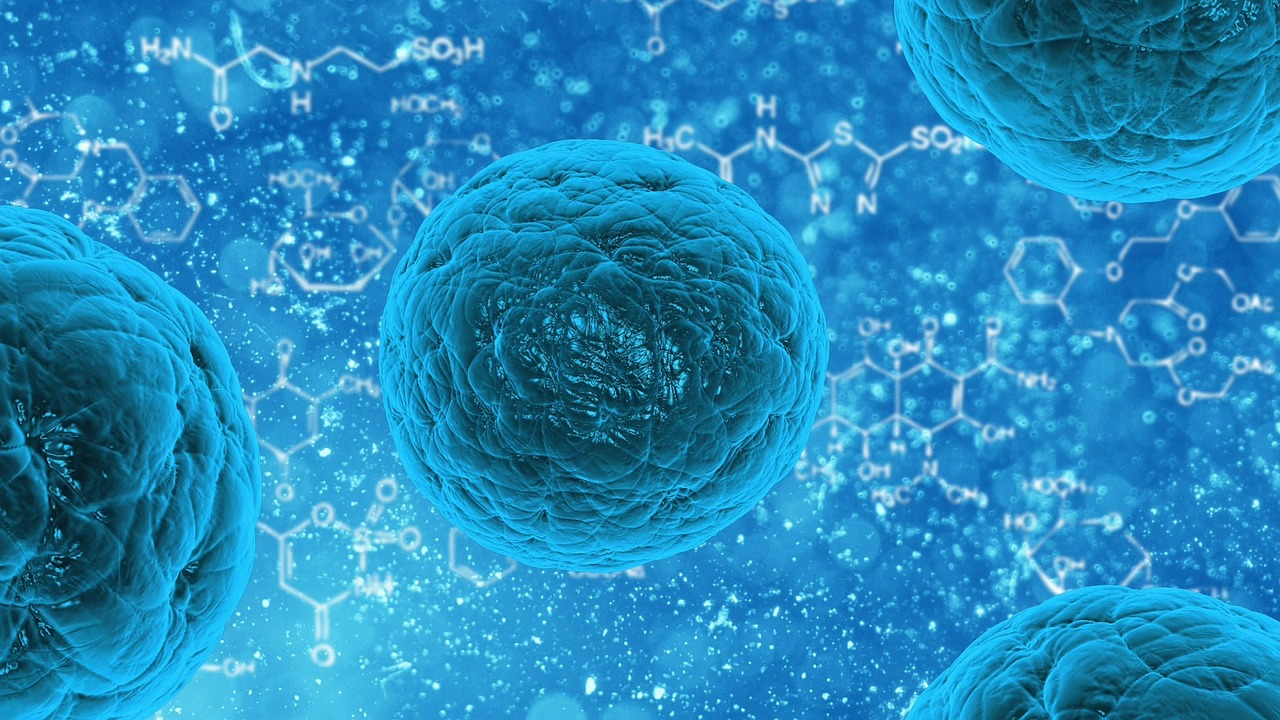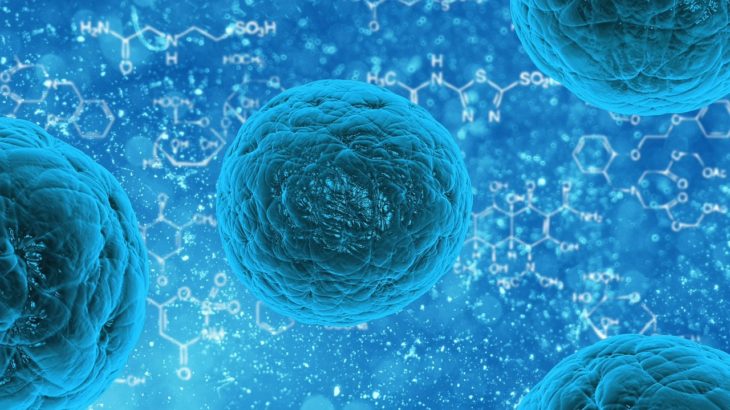So why does the name “stem cell” resound in the healthcare and biotechnology sectors so often? That’s possibly because stem cells are considered as the holy grail of medical sciences. From limb regeneration to treating terminal illnesses, stem cells, especially embryonic, show immense potential.

Stem cells are undivided cells that can grow into other cells of any part of the body. Stem cells on a petridish can be used to grow biological organelles and even organs.
One such breakthrough is the successful production of cells required to grow arteries for patients of cardiovascular disease.
The Breakthrough
A team of biologists from University of Wisconsin and Morgridge Institute for Research developed new methods of using stem cells to produce functional artery cells that may aide in combating cardiovascular disease.
The team published its findings on July 10 in Proceedings of the National Academy of Sciences.
As per the study, the scientists developed methods for generating “arterial endothelial cells” which help grow an actual artery to replace the damaged vessel.
This is the first successful attempt at recreating arteries affected by heart disease. With this, the arterial endothelial cell will have more functionality and clinical use.
Proceedings of the Artery Production
- Single-cell RNA sequencing was used to identify signaling pathways critical to “arterial endothelial cell differentiation”. Around 40 relevant genes were discovered
- The new CRISPR gene editing technology was then employed to create reporter cell lines to monitor arterial differentiation in real time. In simpler terms, they tested the function of these candidate genes and measured the percentage of cells that were metamorphosing into the target arterial cells.
The UW-Madison team of scientists is in the first year of a seven-year project, supported by the National Institutes of Health, on the feasibility of developing artery banks suitable for use in human transplantation.
Conclusion
This initiative stems from the fact that in many cases with vascular disease, patients lack suitable tissue from their own bodies for use in bypass surgeries.
And growing arteries from an individual patient’s stem cells would be cost ineffective and clinically time consuming.
The next step is to not only to produce the arteries but find ways to insure they are compatible and not rejected by patients.
The ultimate goal is being propounded as to apply the medical breakthrough to the formation of functional arteries that can be used in cardiovascular surgery.






